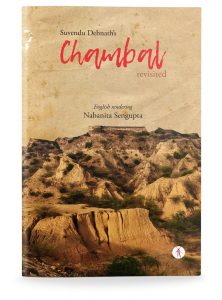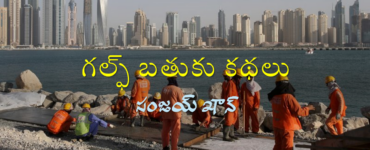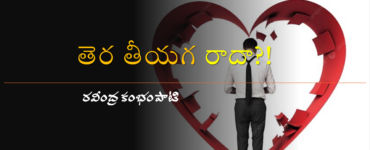 “The name beher, or as the local Bundelkhand dialect goes, beehed, can make even the bravest of people quake with far. The cursed river which has led to the creation of this beehed is called Chambal. Every bend of the river carries tales of injustice, torture, and exploitation. Its very origin seems to be in violence.”
“The name beher, or as the local Bundelkhand dialect goes, beehed, can make even the bravest of people quake with far. The cursed river which has led to the creation of this beehed is called Chambal. Every bend of the river carries tales of injustice, torture, and exploitation. Its very origin seems to be in violence.”
This is how Chambal Revisited begins. A translation of the Bengali book Abar Chambal by journalist Suvendu Debnath the book is a first person account of Debnath’s travels and stay in the Chambal region visiting the homes and locales of the dacoits, the baghis whose life and stories evoked awe and terror.
The first chapter called “Cursed Chambal” evokes the stark landscape of the place. The chapter first brings in geography to speak of the place and the river. It then goes on to work in myth and legend to trace the origins of the place and its name. The ancient Puranas refer to the place – “The ancient name of this cursed river is ‘Chamaravati’ or ‘Charmanvati’”. There are quotations from ancient texts to justify this. The great poet Kalidasa described the beauty of the place in his Meghadutam.
The chapter goes on to describe the harsh topography with a vividness that brings out the starkness that characterizes the land. Once this is done we move into the realm of history as the narrative traces the origins of the baghis. The struggle for survival in this arid land led to fights between clans – “Rajputs against Brahmins, Thakurs against Jats, Gujjars versus Ahirs and Mallahs, and so on”. Caste, we soon find out in the book, is a major issue in the lives of the baghis. The chapter also refers to records of travelers who wrote about the land and its people.
Chambal Revisited wonderfully brings in the socio-economic background of the people who rebel and turn baghis. The terrain, the river, the harshness is everywhere – “Locally known as beehed, the Chambal Valley has one of the worst soil qualities in India.” While little rainfall causes problems in irrigation, the beeheds are an important part of the lives of people who inhabit this region. Most people belong to the backward classes and caste plays a major role in their lives with widespread exploitation. Women suffer even more and are deprived of the basic necessities of health and education.
Much of the narrative traces the lives of dacoits whose names evoked fear in the region. The descriptions of how Debnath managed to find each one out, trace them, enquire about them is thrilling at times, almost like an adventure that seems dangerously precarious. While the first few chapters have titles like “Problems of the Beehed,” “The King of Chambal,” “Deeper into Chambal,” and “The Mysterious Fort” that speak more of the land and terrain and the people, the later chapters concentrate on individuals whose name terrorized many. The titles of the chapters announce the names of the baghis – “Magician Dacoit Madho Singh,” “Mohar Singh,” “Sholay’s Gabbar was a Kid to the Real Gabbar,” “Dadda Malkhan Singh,” “Dacoit Beauty Putli Bai,” and “In Search of the Bandit Queens”.
While some chapters refer to stories of well-known baghis, there are many whom Debnath encountered and spoke to at length trying to understand their lives, what drove them to choose such a life, their surrender and reform and their present lives. In her translator’s note Sengupta refers to Debnath’s gaze as that of a “seeker, a person who tries to understand a place by interacting with its inhabitants.” In a conversation with me when I asked Sengupta about this gaze she remarked that she did have trouble with this gaze, a male gaze particularly in those parts of the book where Debnath writes of the women baghis. Though this section forms a small part of the book Sengupta writes in her translator’s note that this part “is extremely significant”. Most of these women were forced into the life of a baghi, were victims of rape and other kinds of abuse, cast away from society for no fault of their own, at times pawns in the hands of the menfolk and society. “The extent of marginalization is so much that some baghis like Mohar Singh even refuse to acknowledge these women as baghis.” The author’s conversation with some of them forms part of the chapter (“In Search of the Bandit Queens”) as well.
Chambal Revisited brings to the fore a land and people kept away from mainstream society in a stark, realistic way. With no attempts to romanticize their lives, the book wonderfully presents the realities of their lived experience. While one chapter does refer to the film Sholay, a film that comes up the moment we think of dacoits, the world of the book, of Chambal is starker and darker.
*









Add comment